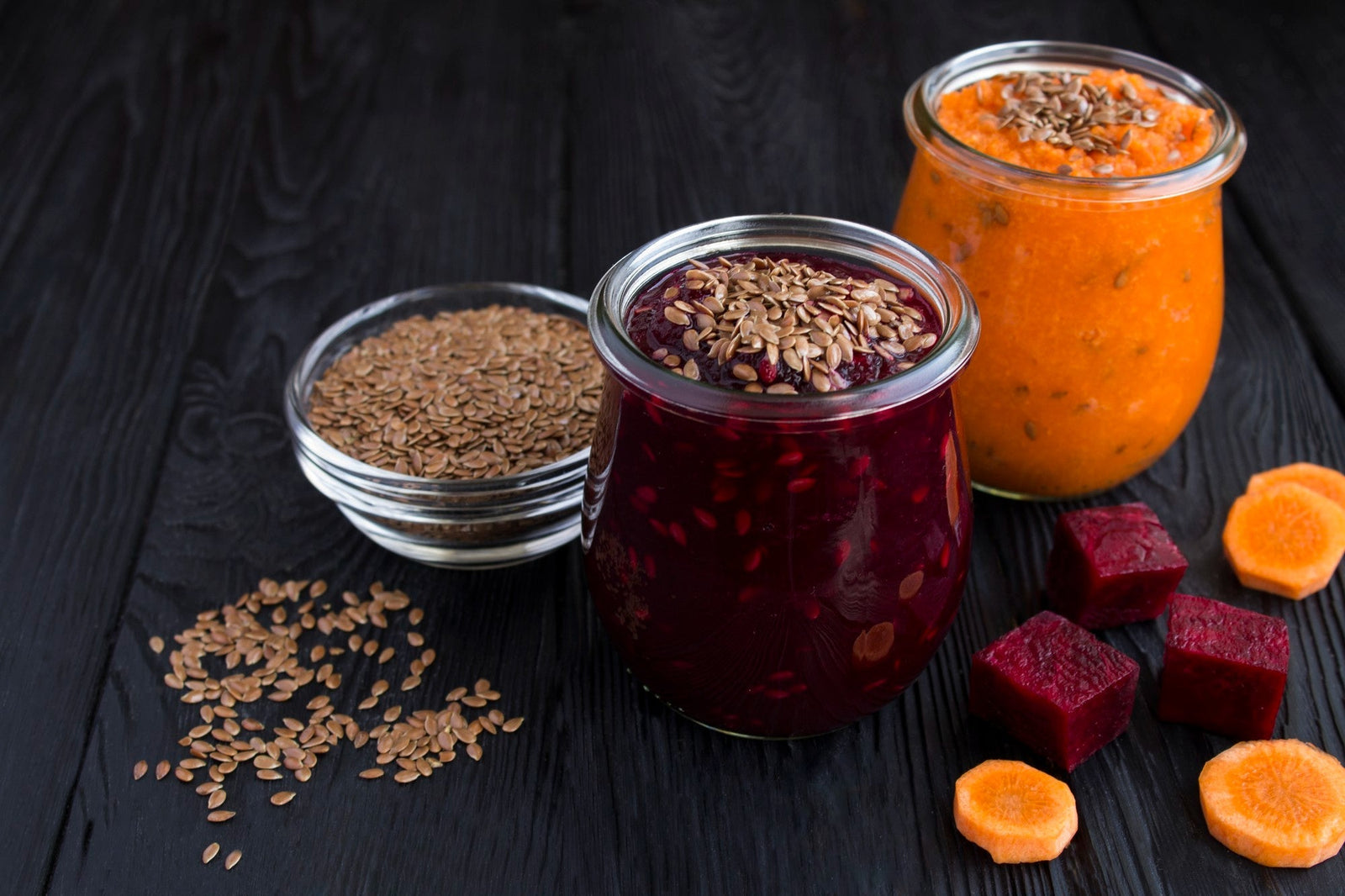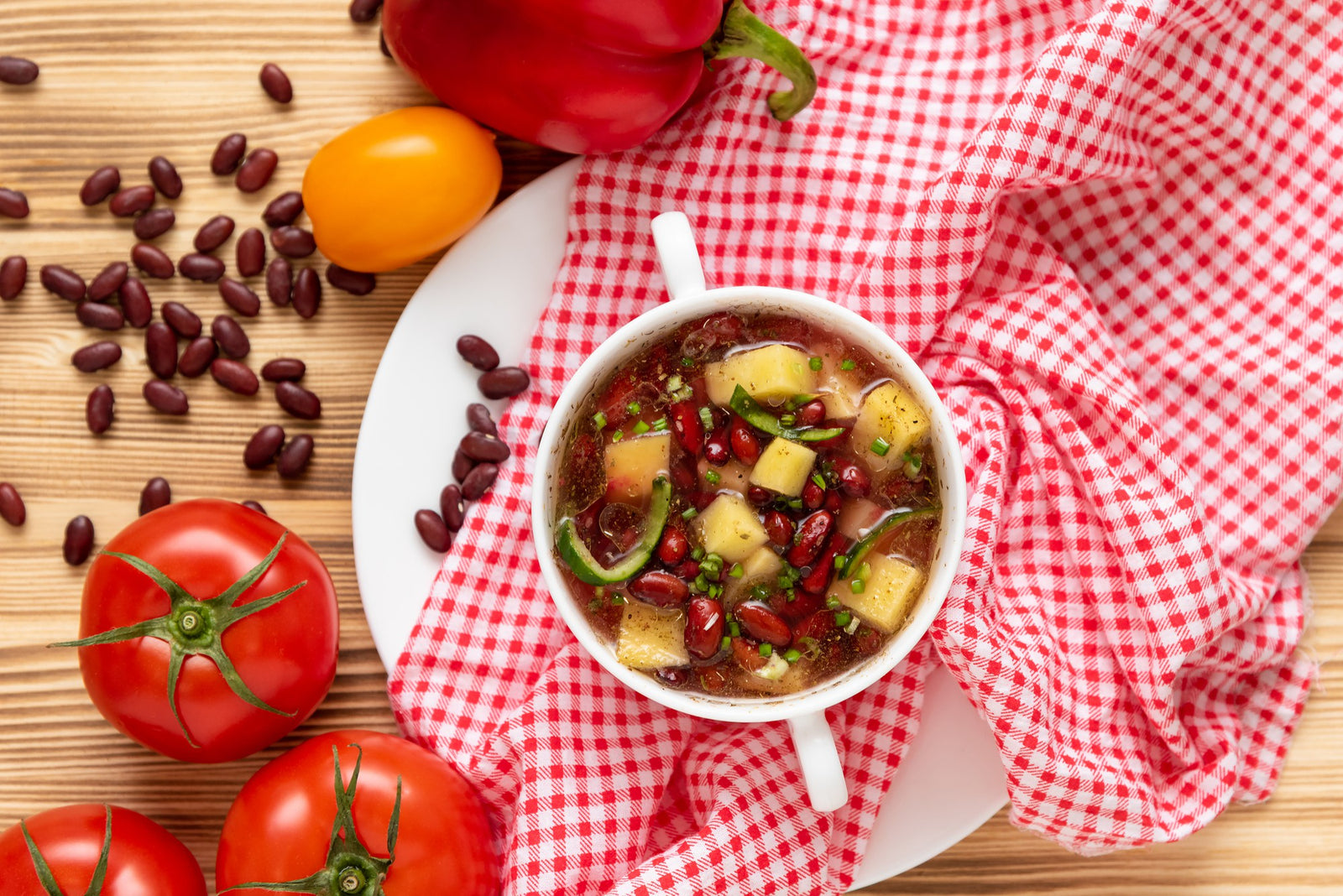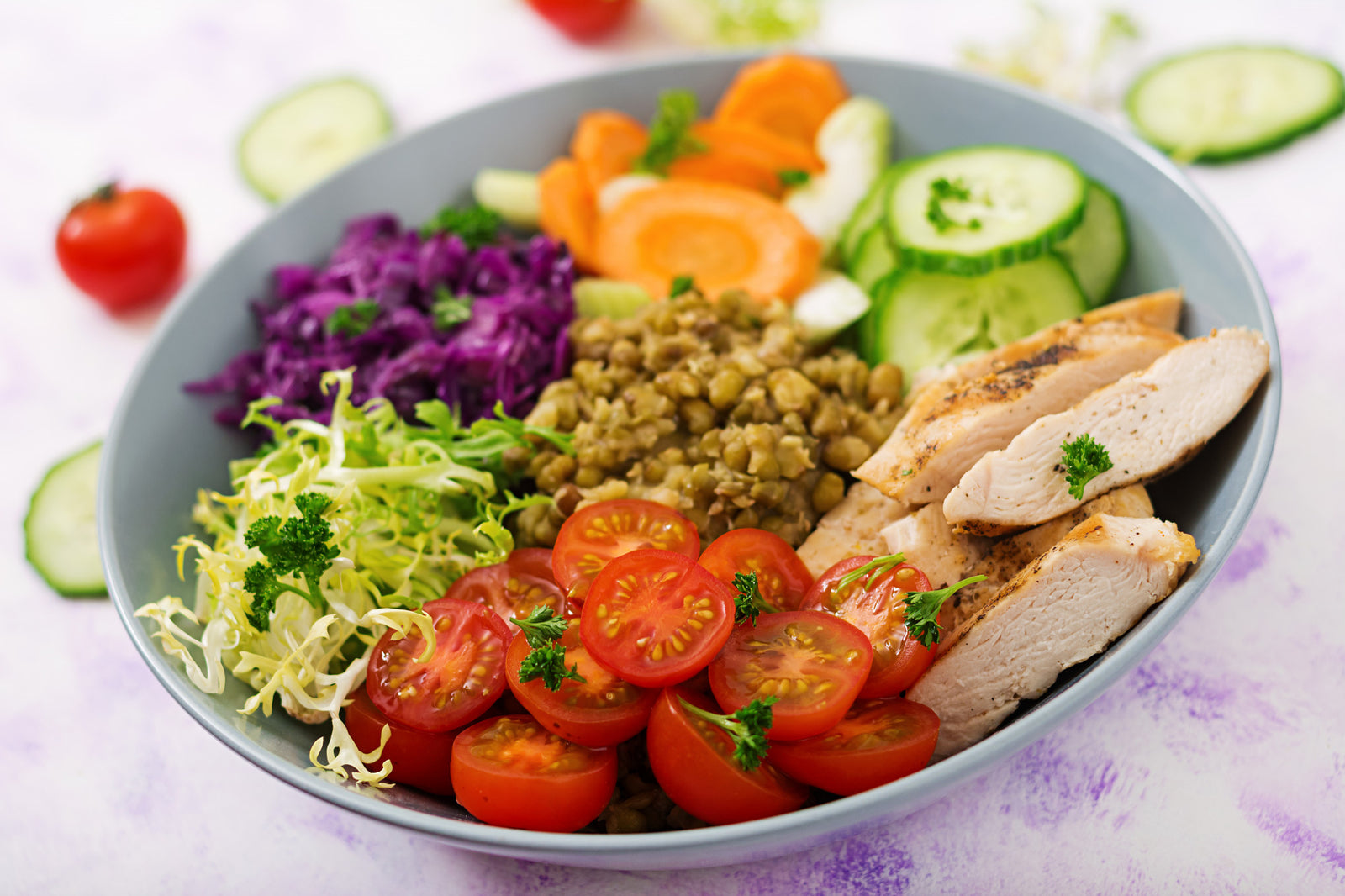
February 22, 2022 2 min read
One way that rice is classified is based on the extent of milling that the grains undergo. When only the outermost layer of the rice grains is removed, the result is brown grain. If the next layers underneath the husk are also removed, white rice is produced. Since brown rice has only the inedible hull removed, its nutrients along with its fiber content are all well preserved. The bran layers that remain left on the rice grains give the rice its tan color. The grains offer a slightly chewy texture along with a nutty flavor.
Nutritional Profile
With most of the bran and endosperm intact, brown rice undergoes the least damaging process and prevents the unnecessary loss of nutrients that happens when rice grains are processed further. As a result, brown rice yields excellent sources of manganese, and good sources of phosphorous, selenium,
magnesium, copper, and niacin.
Buying and Storing
Brown rice has the tendency to go rancid quicker because of its bran content, so when purchasing packaged rice, it is important to check for best before dates. Brown rice should be stored in an airtight container placed in a cool dry spot. When stored in this manner, the rice will keep well for a couple of months. If the same is refrigerated, it will keep for longer.
Cooking
 Like its white rice counterpart, brown rice is also available in short, medium, and long grains. When cooked, long-grain brown rice produces fluffy grains that separate easily and contain less starch than short-grain varieties making it a suitable choice for pilafs, stuffings, salads, stir-fries, and casseroles. This nutritious rice variety is easy to prepare and versatile to use but takes longer than white rice to cook. However, the cooking methods remain the same. Brown rice is available in instant and quick-cooking varieties that can save on cooking time and should be cooked according to package directions. Typically, one cup of uncooked long-grain brown rice will yield approximately three cups of cooked rice. To cook brown rice, bring 2 cups of water to boil, seasoned with salt. Gradually add in rice along with a tablespoon of margarine or butter. Return to boiling. Reduce heat and cover pot with a tight-fitting lid. Cook for about 40-45 minutes until all the liquid has been absorbed and rice is tender. It is important to keep the pot covered at all times while cooking so that the rice is cooked properly with the steam built up inside the pot. Once all water has been absorbed, remove the pot from heat and let stand covered for another five minutes. Fluff rice with a fork before serving. Brown rice may be eaten plain or used as a base for other entrees such as soups, salads, and desserts.
Like its white rice counterpart, brown rice is also available in short, medium, and long grains. When cooked, long-grain brown rice produces fluffy grains that separate easily and contain less starch than short-grain varieties making it a suitable choice for pilafs, stuffings, salads, stir-fries, and casseroles. This nutritious rice variety is easy to prepare and versatile to use but takes longer than white rice to cook. However, the cooking methods remain the same. Brown rice is available in instant and quick-cooking varieties that can save on cooking time and should be cooked according to package directions. Typically, one cup of uncooked long-grain brown rice will yield approximately three cups of cooked rice. To cook brown rice, bring 2 cups of water to boil, seasoned with salt. Gradually add in rice along with a tablespoon of margarine or butter. Return to boiling. Reduce heat and cover pot with a tight-fitting lid. Cook for about 40-45 minutes until all the liquid has been absorbed and rice is tender. It is important to keep the pot covered at all times while cooking so that the rice is cooked properly with the steam built up inside the pot. Once all water has been absorbed, remove the pot from heat and let stand covered for another five minutes. Fluff rice with a fork before serving. Brown rice may be eaten plain or used as a base for other entrees such as soups, salads, and desserts.

Thanks for reading this Be Still Farms Blog article. To sign up for more news/articles and/or recipes, click here. For more about us, click here. To shop our certified organic products, click here.
Please comment and share and we look forward to serving you in the future!
Comments will be approved before showing up.

January 27, 2025 3 min read
Flaxseed, the tiny yet powerful superfood, is packed with nutrients that can support weight loss. From curbing hunger to stabilizing blood sugar, this guide dives into the science of how flaxseed can help you shed those extra pounds.

December 11, 2024 3 min read
Discover three quick and easy soup recipes featuring organic small red beans. From a classic vegetable soup to a creamy potato blend, these wholesome recipes are perfect for chilly days and busy weeknights. Packed with flavor and nutrition, these soups will warm your heart and soul this winter!

December 06, 2024 3 min read
This vibrant and nutritious Green Lentil Salad combines tender lentils with grilled chicken, fresh vegetables, and a zesty lemon dressing. Packed with protein, fiber, and essential vitamins, it’s the perfect healthy meal for any time of day.
© 2025 Be Still Farms- Real, Fine Organics.
Privacy | Terms | Refund Policy | Organic Certification
